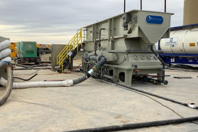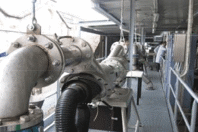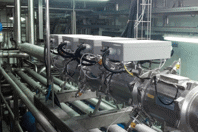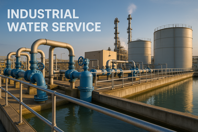INDUSTRIAL RESOURCES
-
This white paper explores how advanced biological technologies — including MBBR, IFAS, SBR, and MBR systems — are transforming wastewater management in this sector.
-
Silica can secretly wreak havoc in many industrial applications. Addressing this invisible issue can save your equipment. It will also optimize maintenance while mitigating costly downtime from scale deposit buildup.
-
At Galbani, one of Italy’s premier dairy producers known for its fresh mozzarella, controlling microbial contamination is essential to preserving product quality and shelf life. Pseudomonas spp., notorious for thriving in moist environments and resisting chlorine, posed a persistent threat across their production lines in Corteolona and Casale Cremasco.
-
In the heart of Israel’s Jezreel Valley, Ba’emek Advanced Technologies—part of the Tnuva Group—faced a critical challenge: how to sustainably reuse water extracted from whey during dairy processing without compromising safety or quality.
-
The wastewater treatment industry is quickly uncovering the usefulness of boiler feedwater for more sustainable operations. The advantages and applications are becoming more innovative and resourceful as more enterprises deploy consistent water reclamation practices.
-
Water is one of the most essential resources in any industrial setup, and managing it efficiently can mean the difference between success and stagnation. Welcome to the world of industrial water services — a sector that's as critical as it is complex.
-
Orange County Water District is combining operational flexibility with environmental stewardship by participating in demand response, earning millions in payments while maintaining their commitment to delivering clean, reliable water.
-
Despite meeting European drinking water standards, contamination levels at a brewery reached as high as 800 CFU/ml, prompting the brewery to seek a reliable disinfection solution to protect the integrity of its production processes.
-
Microplastics — the tiny particles of plastic shed when litter breaks down — are everywhere, from the deep sea to Mount Everest, and many researchers worry that they could harm human health. Now, a team of scientists has developed a tool to make identification of microplastics using their unique chemical fingerprint more reliable.
-
The idea of utilizing water as a fuel source has been speculated by scientists, innovators, and researchers from all over the globe, envisioning a world where renewable, green energy can power the planet.











